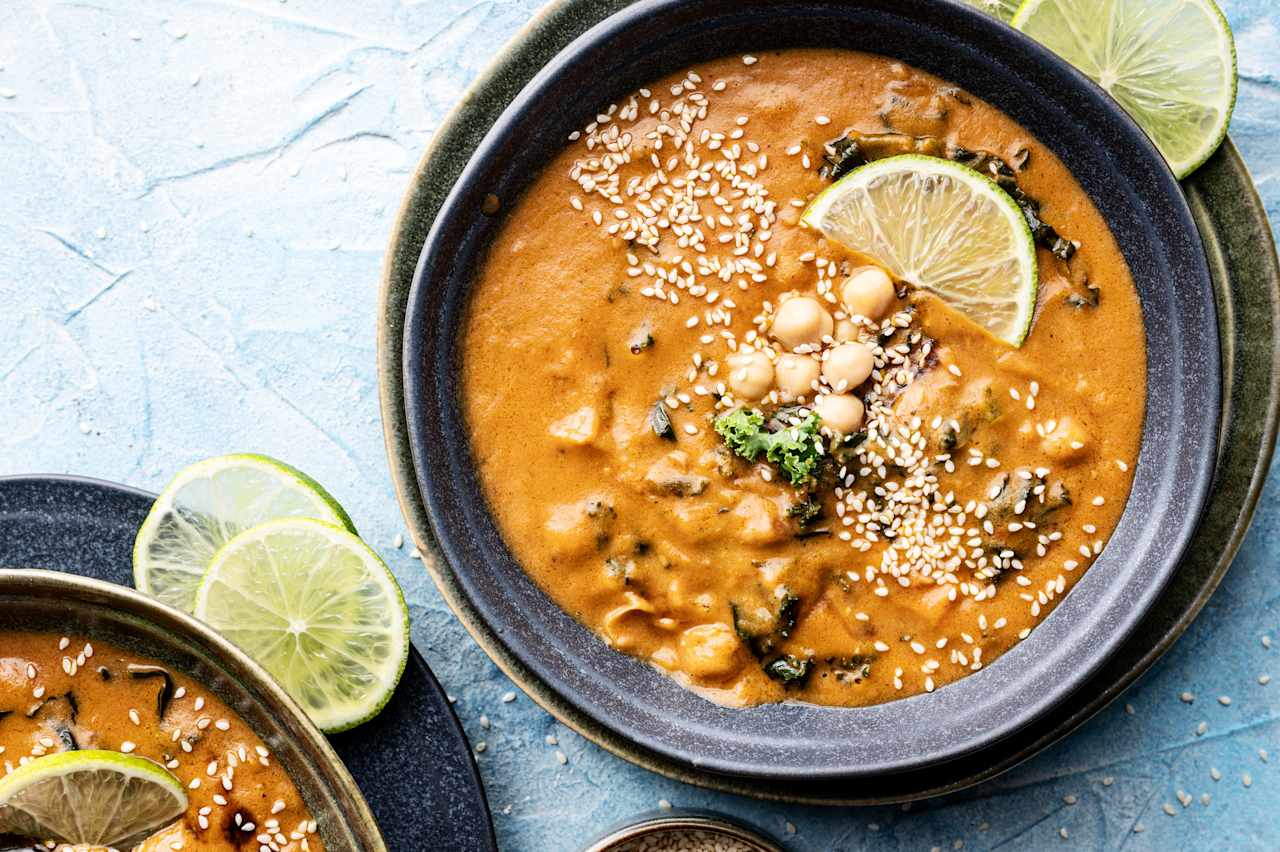Let’s all laud legumes, some of the most underrated plant-based foods on the planet. For such a humble cooking ingredient, legumes - or pulses as they’re also known - boast an impressive nutritional profile.

1- They’re a great source of protein, low in fat, high in dietary and soluble fibre, and packed with important vitamins and minerals including calcium, potassium, zinc, B vitamins, folates and antioxidants.
2- Legumes are a carbohydrate with a low glycaemic index (GI), which means they are broken down more slowly, so you feel fuller for longer.
3- They’re not only healthy and nutritious but cheap to buy, which makes them a popular staple in many cultures and cuisines.
4- The legume family consists of plants that produce a pod with seeds inside and include lentils, peas, chickpeas, beans, soybeans and, interestingly, peanuts.
Legumes typically come dried, canned or frozen. Incredibly versatile and vegetarian-friendly, you can add legumes to a vast range of dishes.
Broad beans: earthy broad beans are a great source of vitamins A, B1 and B2 and can be used to bring flavour and texture to delicious dishes, such as Persian Patties.
Peas: low in fat, low in carbs, low in calories, and low in sugar. What’s not to love about the little pea? Try adding to a wonderfully creamy risotto.
Lentils: come in many shapes and sizes including red, brown, and black to name a few! A warming bowl of filling red lentil soup makes a tasty weeknight meal and is a great source of vegetarian protein.
Chickpeas: high in fibre and folates and low in calories, chickpeas can be used in curry and pasta dishes, dips, soups, salads, pies and even pancakes.
Kidney beans: the staple ingredient in a cheering bowl of chilli con carne, the juicy kidney bean helps reduce the rise in blood sugar that happens after a meal.
Pinto beans: these legumes can be eaten either whole or mashed and bring a tasty twist to lots of different cuisines such as beef and bean enchiladas.